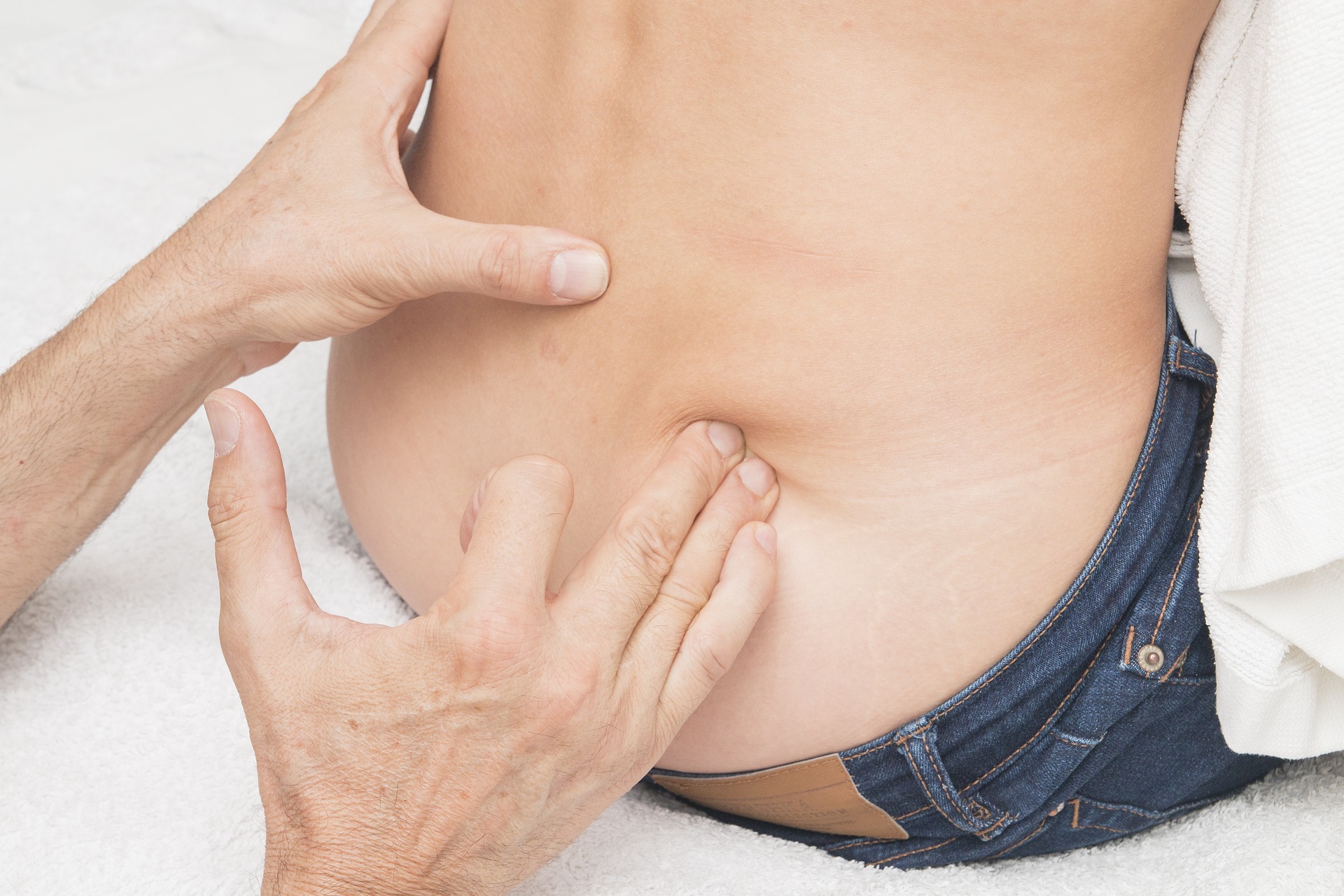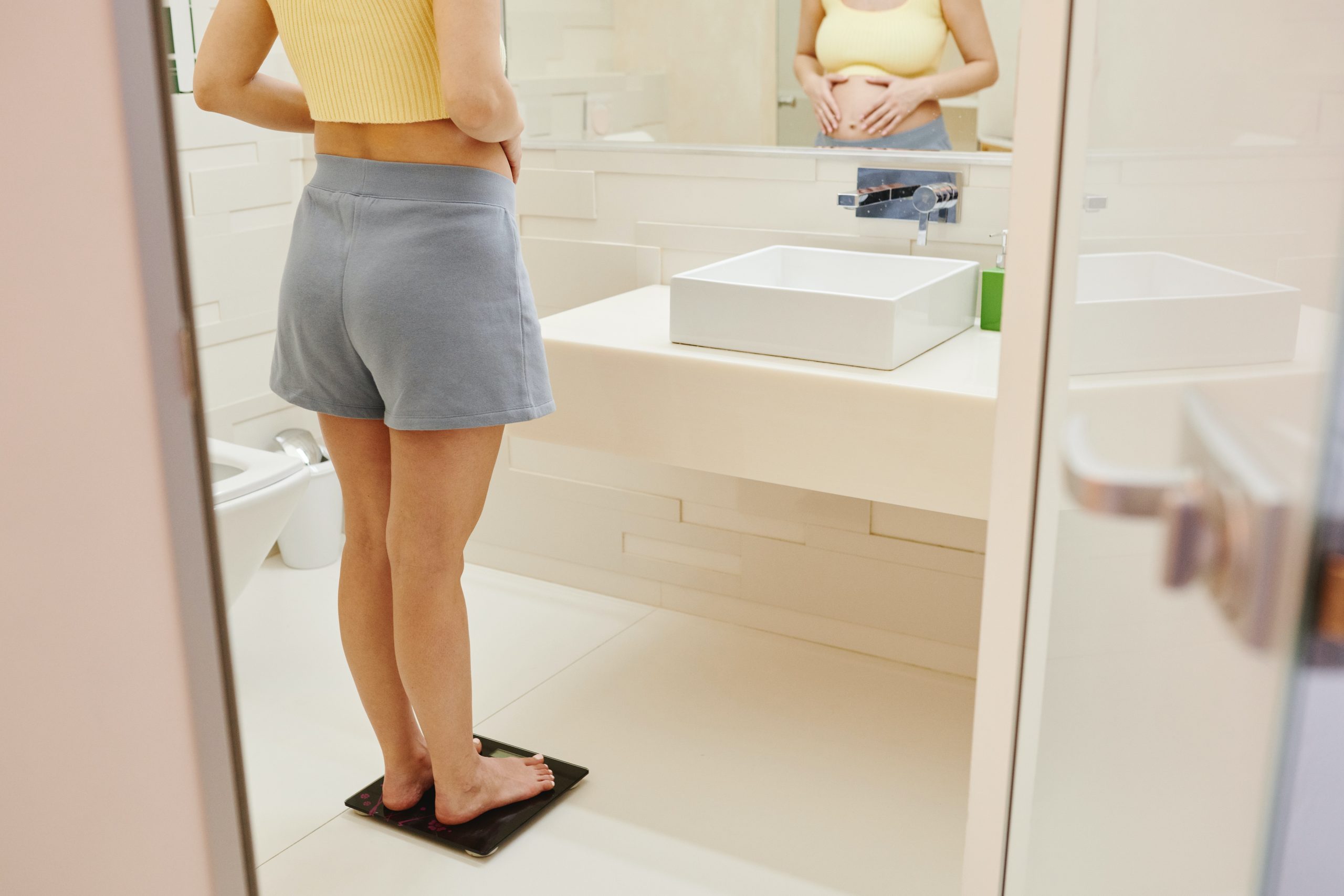
How To Permanently Solve Persistent Hip Pain
If you’re plagued by hip pain that just won’t quit, you may be feeling frustrated and even a little desperate.
The good news is, there are steps you can take to get rid of this health issue for good. This blog post will share some top tips for finally putting an end to persistent hip discomfort. So read on and find out how to get relief once and for all!
1. Surgery
There’s no better method of tending to these issues than to visit a skilled expert who can help you out. For people experiencing bursitis pain, hip bursitis treatment is known to be extremely effective as the fluid sac is drained or removed. A professional bursitis specialist will be able to diagnose your condition and put together a treatment plan that is tailored specifically to you.
Treatment plans vary depending on individual needs, but they generally involve professional massage therapy, chiropractic care, physical therapy, lifestyle advice, and sometimes even surgical intervention. An experienced professional can provide relief from persistent hip pain through targeted treatments that are tailored to the individual’s needs.
2. Physical Therapy
Another great way to permanently solve persistent hip pain is physical therapy. Physical therapists are health professionals who use physical activity and physical agents like heat, cold, water, light, electricity, and ultrasound to help reduce physical impairments and improve quality of life.
Through physical therapy, physical therapists can help strengthen the hip muscles and increase the range of motion in the hips by focusing on specific exercises and stretches. Physical therapists can also help to alleviate pain in the hip by using techniques such as heat therapy, ultrasound therapy, electrical stimulation, and massage.

3. Use Heat or Ice
Treating hip pain with heat is a simple, yet effective way to manage chronic discomfort. Heat can be applied using heating pads, hot baths, or even infrared lamps. When using heat, it’s important to apply the heat for no more than 20 minutes at a time; any longer and you risk burning yourself.
Using ice is also an effective method of treating hip pain. Ice should be applied using a cold compress, an ice pack, or even a bag of frozen vegetables. When using ice, it’s important to keep the area covered with a light cloth and only apply for 20 minutes at a time, as leaving it on too long can cause tissue damage.
4. Weight Management
Being overweight can put extra strain on your hip joints, leading to persistent pain and discomfort. Losing weight can help reduce this strain, reducing the pain in your hips. The weight management process is a long-term commitment that requires dedication and consistency, but it can provide lasting relief from hip pain.
To get started with weight management, first, create an action plan. Set reasonable goals for yourself and break them down into achievable short-term tasks. Your weight loss program should include exercise and a healthy diet.

5. Maintaining a Good Posture
Proper posture is another essential aspect of maintaining good hip health. Incorrect posture can lead to pain, instability, and weakened muscles, so maintaining a strong and stable posture is important for long-term hip health.
Sit up straight with your back against the chair and feet flat on the floor or on a footrest if necessary. Keep your legs at a 90-degree angle and your knees at a 90-degree angle, maintaining the natural curves of your spine. Keep shoulders relaxed and back with your chin tucked down slightly. Avoid hunching over or slouching as this can put a strain on muscles and joints in the hips and lower back.
6. Work on Flexibility
You must improve your hip flexibility if you want to permanently solve persistent hip pain. It may sound intimidating, but working on your flexibility can be a fun and rewarding journey! Taking the time to focus on stretching, working on your range of motion, and exploring other exercises that help loosen up your hips will pay off in the end.
Start by doing yoga or Pilates classes two to three times a week. It’s important to focus on working both the front and back of your body, as this will help open up your hips in both directions.

7. Medication
Another popular way to permanently solve persistent hip pain is medication. Depending on the diagnosis, medication may be prescribed to reduce inflammation and pain in the hip area. Common medications include non-steroidal anti-inflammatory drugs (NSAIDs), corticosteroids, opioids, muscle relaxants, and calcitonin.
NSAIDs are often prescribed as a first line of medication to reduce inflammation and pain. Examples of NSAIDs include ibuprofen, naproxen, celecoxib, and diclofenac.
Hip pain is something nobody should live with because it can drastically alter your lifestyle. That’s why surgery should be done in order to handle this issue for good. You can also attend physical therapy, use heat and ice treatments and manage your weight better. Make sure to work on your posture and flexibility and try medication if all other options fail!








